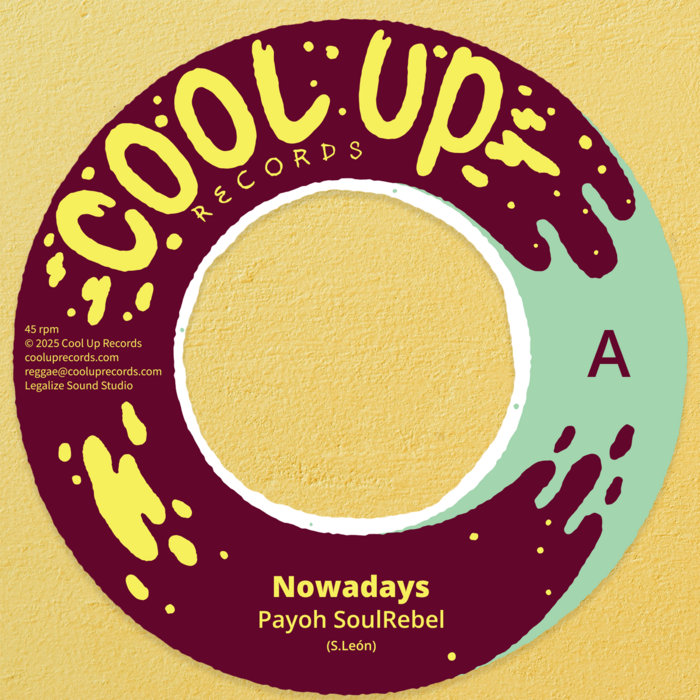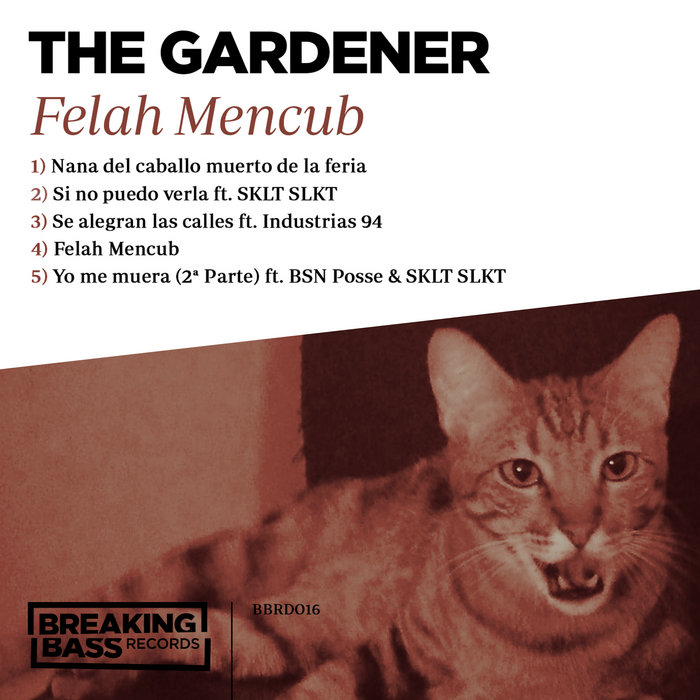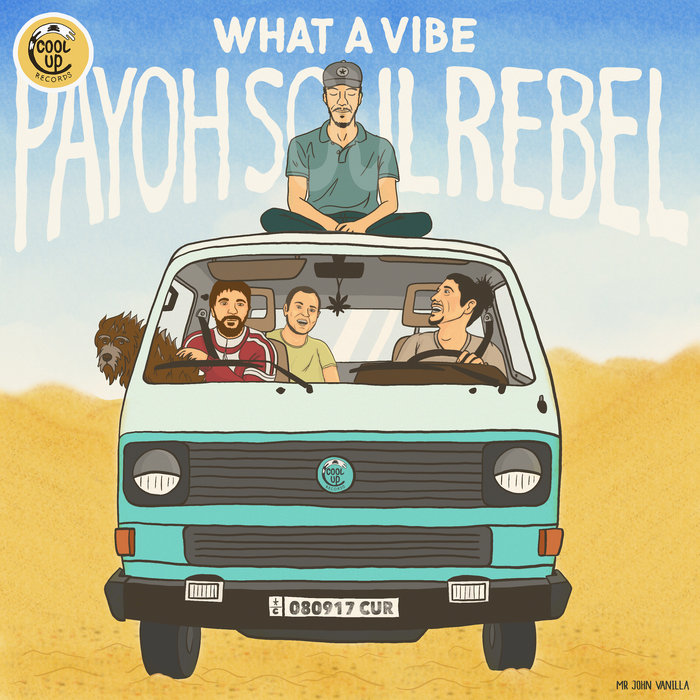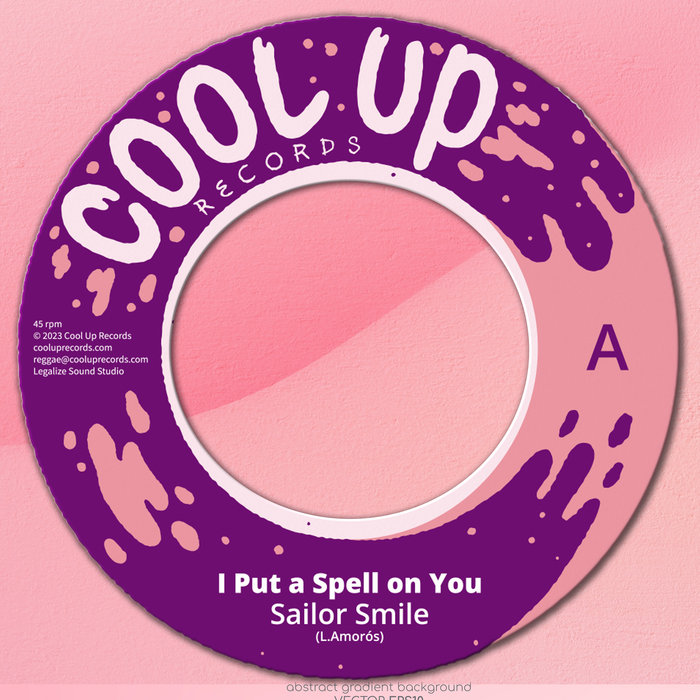
Nowadays – Payoh SoulRebel & Cool Up Records
this blog is GROOVY – check out great Soul, Funk, Jazz, Hip Hop, Bass, Breaks , Reggae, House n many more TUNES
Welcome to the vibrant world of Seville, a city that’s not just about stunning architecture and delicious tapas. Nope! It’s a pulsating hub for music that has given birth to some truly unique sounds. From flamenco’s fiery rhythms to pop sensations, Seville’s musical scene is as rich as its history. So grab your castanets and let’s dive into this groovy journey!
When you think of Seville, you can’t help but jam out to the tunes of flamenco. This ain’t just music; it’s a full-on fiesta for the soul! With roots tracing back to the Andalusian gypsies in the early 18th century, flamenco combines singing (cante), guitar playing (toque), handclaps (palmas), and dancing (baile) into one exhilarating performance.
And let’s not forget about those fabulous flamenco outfits! Imagine dancers with frills and colors moving like lightning bolts across the stage—it’s an absolute visual treat!
While flamenco might reign supreme, don’t count out pop music. The late 20th century saw an explosion of pop artists hailing from Seville. One cool cat on this scene is Miguel Poveda, known for blending traditional flamenco styles with modern pop pizzazz.
Oh yes! And don’t forget about Los Del Río, whose track “Macarena” became an international dance craze while charming everyone with its catchy beat—in fact, there are more than 25 versions out there!
Now we all know Spain is famous for its guitars—and guess what? Much of that fame comes straight from Sevilla itself!
The city has produced virtuosos like Vicente Amigo and countless others who’ve strummed their way into our hearts—literally! These guitar gods can make their instruments cry tears or sing sweet lullabies-worthy tunes.
Talk about talent turning adversity into pure gold!
Sevilla’s streets resonate with sounds beyond formal venues; street performers elevate the city’s spirit daily! You’ll find everything from classical musicians serenading lovers near Plaza de España to funky buskers blowing minds outside La Catedral.
These cheeky creatives often bring unexpected surprises – including flash mobs where random locals break into dance routines right in front of tourists snapping photos.
One unforgettable incident involved an aging troubadour mistaking a tourist couple taking selfies for fans requesting autographs… He signed multiple napkins before realizing they were more interested in capturing their moment rather than collecting signatures!
As we groove towards today’s soundscape, modern genres like hip hop are finding their place alongside traditional forms in Seville—a blend called “FlamenK” if you will! Artists cleverly mix rap verses infused with classic flamenco vibes creating something new yet familiar.
A notable name here is rapper Santo Lima, who tackles everyday issues through sharp lyrics layered atop infectious beats—a fresh spin on local storytelling traditions.
Once during filming for his latest video clip involving locals joining along… Santo Lima got carried away practicing moves meant strictly for rehearsals—imagine trying no-look slides followed by dramatic shimmies only headlining how many times he’s fallen flat while channeling true art form halfway around town among cheering crowds laughing uncontrollably at their own excitement.
Who knew exploring creativity could come wrapped up in hilarity too?
In summary, music runs deep within Southern Spain’s veins—especially here in dazzling Sevilla where every corner holds melodic tales waiting patiently until someone picks up that vibin’ instrument or starts spontaneous clapping sessions inviting passersby alike—we believe it deserves both respect AND laughter rolled together tightly forming one heckuva bold rhythmical experience supported across generations spanning centuries galore!!!
So whether you’re tapping your feet at a lively tablao show 🕺 or catching street art on Main Street 🎸 remember each sound tells us stories glimmering brightly beneath Spanish sun illuminating days filled laughter & joy… That my friends makes life oh-so-groovy indeed! 🌞🎶

Nowadays – Payoh SoulRebel & Cool Up Records

Nana del caballo muerto de la feria – The Gardener

Lone Ranger – Payoh SoulRebel & Cool Up Records

I Put a Spell on You – Sailor Smile